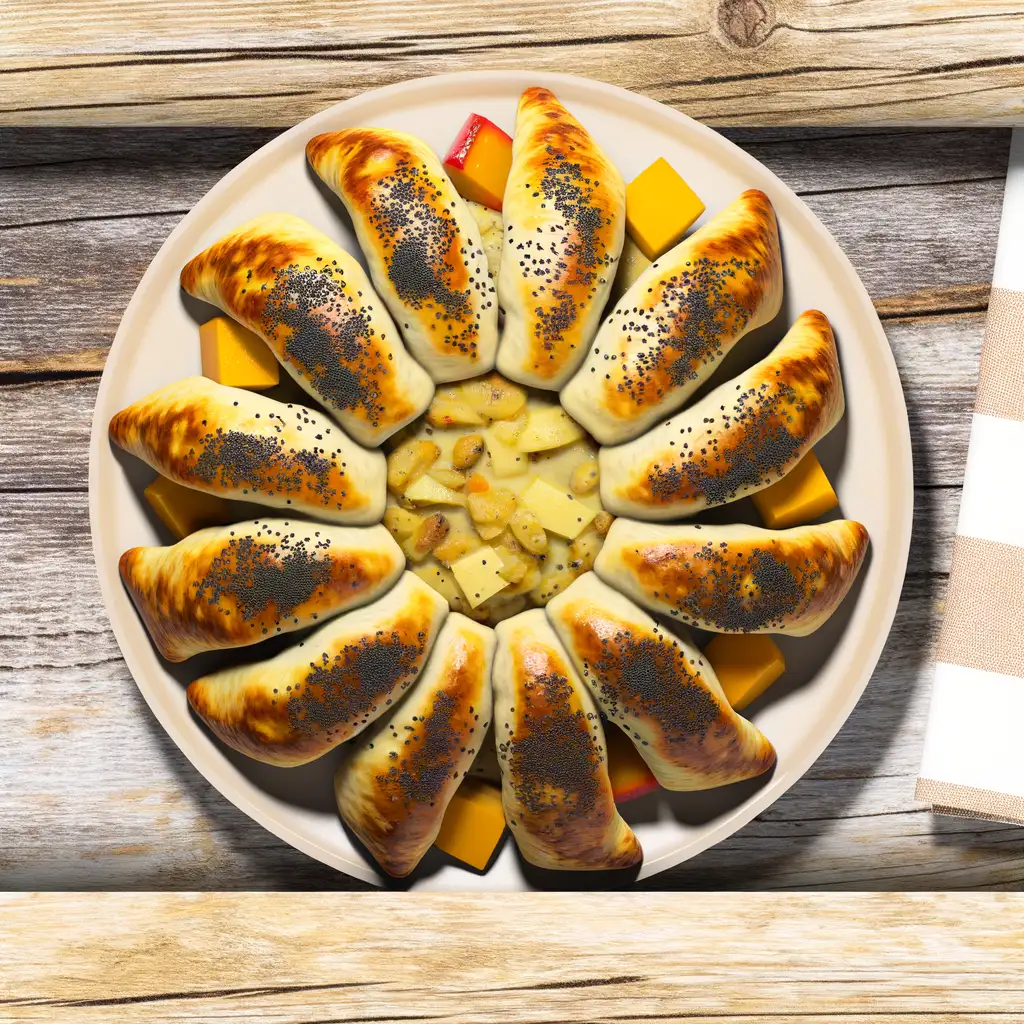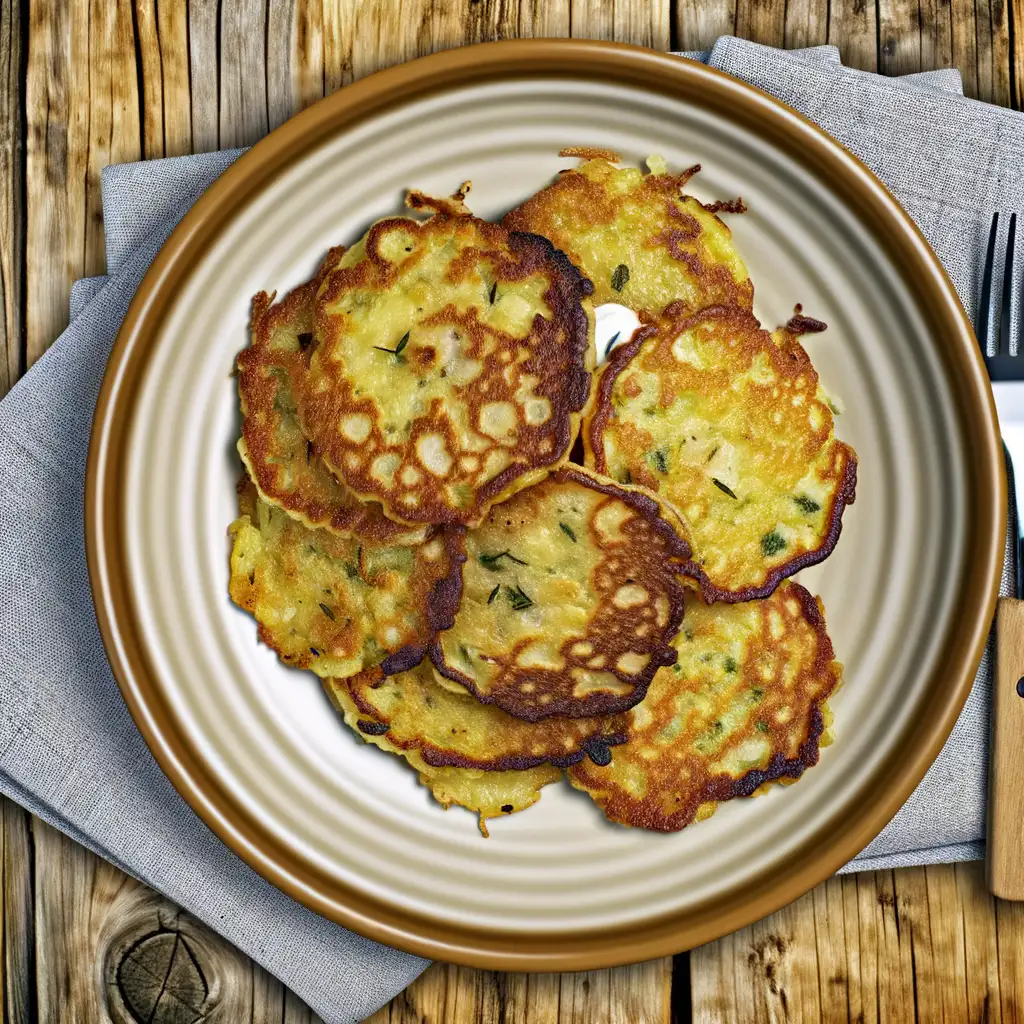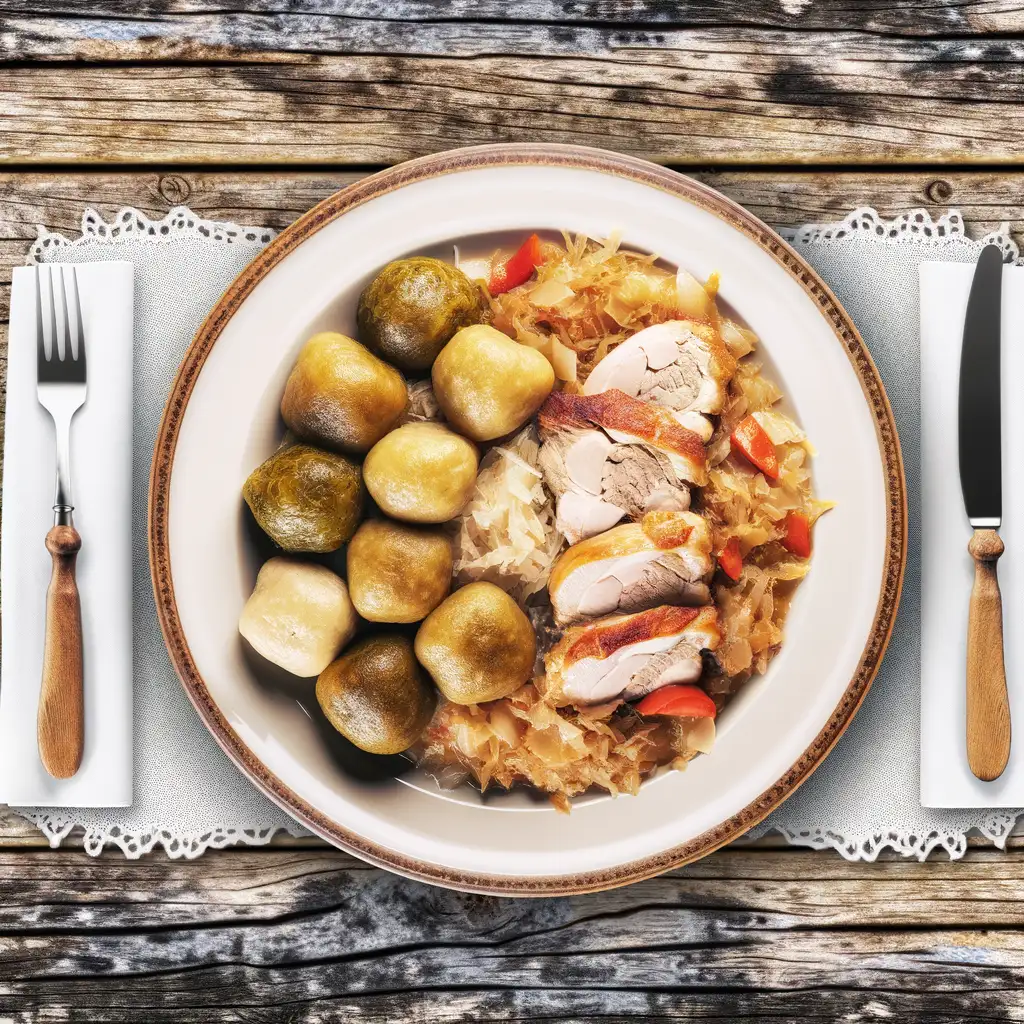



If you wander into České Budějovice,you’ll immediately feel the gentle hum of a city that’s both lively and laid-back,where history and everyday life blend effortlessly. The heart of the city is its grand square,a sprawling canvas of pastel-colored buildings and the striking Samson Fountain,where locals and visitors alike gather to sip coffee or a cold Budweiser Budvar,brewed right here. There’s a comforting rhythm to the place—the clink of glasses,the murmur of conversations in Czech,and the occasional chime of church bells weaving through the air. Strolling through the cobblestone streets,you’ll catch the scent of fresh bread from nearby bakeries and the earthy aroma of hops from the breweries that have shaped the city’s identity for centuries. It’s a place where tradition feels alive,not stuck in the past. The architecture tells stories—from Gothic to Baroque—each corner inviting you to pause and imagine the lives that once filled these spaces. What makes České Budějovice truly special is its warm,unpretentious character. It’s not about flashy tourist spots but about soaking in the genuine atmosphere—whether that’s chatting with a friendly bartender over a pint,exploring the peaceful parks,or watching the sunset paint the Vltava River in golden hues. Visiting here feels like stepping into a story where you’re both the reader and the main character,discovering a city that welcomes you with open arms and a hearty cheers.
The information on this page is currently being reviewed by Tripkliq and should be used as a guide only
Eng word: Hello
Eng pronunciation: Ah-hoy
Local language: Ahoj
Eng word: Goodbye
Eng pronunciation: Sbo-hem
Local language: Sbohem
Eng word: Thank you
Eng pronunciation: Dyeh-koo-yee
Local language: Děkuji
Eng word: How much
Eng pronunciation: Ko-leek toh stoh-yee
Local language: Kolik to stojí
Eng word: Toilet
Eng pronunciation: Toh-ah-leh-tah
Local language: Toaleta
Eng word: Help me
Eng pronunciation: Poh-mohz-teh mee
Local language: Pomozte mi
Eng word: Yes
Eng pronunciation: Ah-noh
Local language: Ano
Eng word: No
Eng pronunciation: Neh
Local language: Ne
Eng word: Excuse me
Eng pronunciation: Proh-meen-teh
Local language: Promiňte
České Budějovice was founded in 1265 by King Ottokar II of Bohemia as a royal city, strategically located at the confluence of the Vltava and Malše rivers.
Built in the 16th century, the Black Tower is a prominent Renaissance structure that served as a watchtower and bell tower. Today, it offers stunning panoramic views of the city.
The Samson Fountain, located in the city's main square, was constructed in the early 18th century and is one of the largest Baroque fountains in Central Europe.
The city's main square is one of the largest in the Czech Republic, surrounded by beautiful Renaissance and Baroque buildings, making it a must-visit for tourists.
České Budějovice is home to the world-famous Budweiser Budvar Brewery, established in 1895. Visitors can tour the brewery and learn about its rich beer-making tradition.
Dating back to the 13th century, this Gothic monastery and church are among the oldest structures in České Budějovice, showcasing stunning architecture and historical significance.
The city’s salt storehouses, built in the 16th century, were used to store salt, a valuable commodity at the time. Today, they are a reminder of the city's economic history.
This historic building, located near the main square, is known for its unique architecture and the legend of the Iron Maiden, adding a touch of mystery to the city's history.
Founded in 1919, the South Bohemian Theater is a cultural gem of České Budějovice, offering performances in opera, drama, and ballet in a historic setting.
In České Budějovice, the most common Power Adaptor is Type C, Type E.



A traditional Czech dish made of marinated beef served with a creamy vegetable sauce, typically accompanied by bread dumplings.

Sweet pastries filled with fruit, poppy seeds, or cheese, popular as a snack or dessert in the region.

Potato pancakes seasoned with garlic and marjoram, often served with sour cream or as a side dish.

A hearty dish consisting of roast pork, sauerkraut, and bread dumplings, representing traditional Czech cuisine.

Famous for its beer, especially the Budweiser Budvar, which is a pale lager brewed in the city and known for its rich flavor.
Prague feels like stepping into a storybook where every corner hums with history and charm. The moment you wander onto the cobblestone streets of the Old Town,you’re wrapped in a warm,timeless embrace. The air carries a mix of fresh-baked pastries and rich coffee from cozy cafés,mingling with the faint scent of aged wood and stone from centuries-old buildings. As you stroll across the iconic Charles Bridge,the soft murmur of the Vltava River below blends with the distant melodies of street musicians,creating a soundtrack that’s both lively and soothing.
What’s truly captivating about Prague is its effortless blend of old and new. Gothic spires and baroque facades stand proudly alongside vibrant street art and bustling markets. The city pulses with a creative energy,from the quirky art galleries tucked away in narrow alleys to the lively beer gardens where locals and travelers clink glasses over hearty Czech fare. There’s a genuine warmth in the way people share their culture,whether it’s through a friendly chat in a pub or an invitation to a traditional music performance.
At night,Prague transforms into a magical place where the city lights dance on the river’s surface and the aroma of roasted chestnuts fills the air. It’s a city that invites you to slow down,savor every moment,and get lost in its stories. Trust me,once you’ve experienced Prague’s unique rhythm and soul,it stays with you long after you’ve left.
Vienna feels like stepping into a living storybook where every street hums with history and charm. The moment you wander through its grand boulevards,you’re wrapped in a warm embrace of baroque architecture,cozy coffeehouses,and the gentle melodies of street musicians playing waltzes nearby. There’s a rhythm to the city — elegant yet inviting — where the past and present dance together effortlessly.
As you stroll along the Danube or through the lush gardens of Schönbrunn Palace,you catch the scent of freshly baked strudel mingling with the earthy aroma of roasted coffee beans from a nearby café. The city’s café culture is something special; sitting down with a slice of Sachertorte and a strong Viennese coffee feels like a small,delicious ritual. You’ll hear the soft clink of porcelain cups and the murmur of locals deep in conversation,making you feel instantly at home.
Vienna’s character is a blend of refined artistry and genuine warmth. It’s a place where grand opera houses and modern galleries coexist,and where the locals’ pride in their musical heritage is palpable. Whether you’re exploring the vibrant Naschmarkt with its colorful stalls or catching a live performance in a centuries-old concert hall,Vienna invites you to slow down,savor the moment,and soak in its timeless elegance.
Imagine stepping into a place where every corner hums with history and melody—that’s Salzburg. The city feels like a living,breathing storybook,with its baroque architecture glowing warmly under the soft Austrian sun and the Salzach River weaving gently through the heart of it all. As you wander the cobblestone streets,you’ll catch the faint strains of Mozart’s music drifting from open windows or street performers playing in the squares,giving the air a magical soundtrack that’s impossible to forget.
Salzburg’s charm isn’t just in its sights but in the little moments:the rich aroma of freshly baked pretzels mingling with the crisp mountain air,the clink of coffee cups in cozy cafés where locals linger over steaming cups of melange,and the vibrant chatter spilling out from bustling markets. The city pulses with a warm,inviting energy that makes you want to slow down and savor every detail—from the intricate frescoes inside the cathedral to the lush greenery of the Mirabell Gardens.
What really sets Salzburg apart is its blend of culture and nature. You can explore centuries-old palaces and then,just a short walk away,find yourself surrounded by the breathtaking Alps. It’s a place where music,history,and stunning landscapes come together effortlessly,leaving you with a sense of wonder and a heart full of stories to tell. Trust me,Salzburg isn’t just a destination—it’s an experience that stays with you long after you’ve left.
Imagine stepping into a city where every corner feels like a scene from a timeless painting—Venice is exactly that kind of place. The moment you arrive,the gentle lapping of water against ancient stone buildings wraps around you like a soft melody. Instead of streets,there are winding canals,and instead of cars,gondolas glide silently beneath ornate bridges,their oars dipping rhythmically into the emerald water. The air carries a mix of salty sea breeze and the faint aroma of fresh espresso and baked pastries from nearby cafés,inviting you to slow down and savor the moment.
Venice has this magical,almost dreamlike quality. The light here is different—soft and golden in the mornings,casting long shadows on the labyrinth of narrow alleys and colorful facades. You’ll find yourself wandering without a map,getting delightfully lost among the bustling markets,where vendors call out in melodic Italian,selling everything from fresh seafood to vibrant Murano glass. The city’s rich history whispers from every corner,from the grandeur of St. Mark’s Basilica to the quiet charm of tucked-away piazzas where locals sip wine and chat as if time has paused.
What makes Venice truly unforgettable is its rhythm—slow,intimate,and deeply human. It’s a place where you can hear the laughter of children playing by the water,the clinking of glasses in cozy trattorias,and the soft hum of a street musician’s violin. Visiting Venice isn’t just about seeing a city; it’s about feeling its heartbeat,tasting its flavors,and becoming part of its endless story.
If you ever find yourself wandering through the sun-drenched streets of Dubrovnik,you’ll immediately feel like you’ve stepped into a living storybook. The city’s ancient stone walls rise proudly against the sparkling Adriatic,and as you stroll along the marble-paved Stradun,the salty sea breeze mingles with the scent of fresh pine and blooming bougainvillea. There’s a rhythm here—a gentle hum of life where history and modern charm dance together effortlessly.
Dubrovnik’s character is woven into every corner:the clatter of café cups,the murmur of locals chatting in cozy taverns,and the distant call of seagulls overhead. You can almost taste the city in the air—briny and fresh,with hints of grilled seafood and ripe figs from the markets. Sitting at a seaside restaurant,watching the sun dip behind the fortress walls,you’ll savor dishes bursting with Mediterranean flavors,paired with a glass of crisp Croatian white wine.
What makes Dubrovnik truly special is how it balances its rich past with a vibrant present. The city’s narrow alleys invite exploration,revealing tucked-away galleries,artisan shops,and lively squares where music spills out into the streets. Whether you’re tracing the footsteps of ancient mariners or simply soaking up the golden light on a quiet terrace,Dubrovnik feels like a warm embrace—inviting,timeless,and utterly unforgettable.
If you ever find yourself wandering through Split,it’s like stepping into a living,breathing storybook where ancient history and vibrant modern life dance together effortlessly. The moment you stroll along the Riva promenade,the salty breeze from the Adriatic mingles with the aroma of fresh espresso and grilled seafood wafting from nearby cafés. Locals chat animatedly in the sun-dappled squares,their laughter blending with the distant hum of boats bobbing gently in the harbor. There’s a laid-back energy here that feels both timeless and alive,inviting you to slow down and soak it all in.
Split’s heart beats strongest in Diocletian’s Palace,a sprawling Roman fortress that’s less a museum and more a neighborhood where people live,shop,and gather. Walking through its ancient stone alleys,you’ll catch glimpses of colorful markets,artisan shops,and cozy taverns tucked into centuries-old walls. At night,the city transforms as lanterns flicker on,and the sound of live klapa singing—traditional a cappella harmonies—drifts through the air,wrapping you in a warm,soulful embrace.
What really makes Split unforgettable is how effortlessly it blends the old with the new. You can savor a plate of fresh octopus salad while watching fishermen haul in their catch,then wander to a rooftop bar for a cocktail as the sun sets behind the islands. It’s a place where every corner tells a story,every meal feels like a celebration,and every moment invites you to become part of its ongoing tale.
Scammers may install skimming devices on ATMs to steal card information. Tourists using these ATMs risk having their card details compromised.
Some exchange offices may advertise attractive exchange rates, but apply hidden fees or give a worse rate than advertised. Tourists may end up receiving less money than expected.
Scammers may pose as charity workers and ask tourists for donations. These 'charities' are often fake, and the money goes directly to the scammer.
Scammers may sell fake tickets to attractions or offer bogus tours. Tourists may pay for services that do not exist or are of very poor quality.
Pickpockets often target crowded tourist areas, such as public transport, markets, or popular attractions. They use distractions to steal wallets, phones, or other valuables.
Some restaurants may inflate bills for tourists by adding hidden charges, such as service fees, or charging for items that were not ordered.
Some street performers may demand payment after a tourist takes a photo or watches their performance, even if no prior agreement was made.
Some taxi drivers may overcharge tourists by taking longer routes or not using the meter. Others may claim the meter is broken and demand an inflated fare.
The Czech Republic has relatively liberal drug laws, but there are strict limits on possession. Small amounts of certain drugs for personal use are decriminalized, meaning possession may result in a fine rather than criminal charges. However, possession of larger amounts or trafficking is a serious offense and can lead to imprisonment. Cannabis is the most commonly tolerated drug, but public consumption is discouraged. Tourists should avoid using or carrying drugs to stay on the safe side of the law.
In České Budějovice, as in the rest of the Czech Republic, smoking is prohibited in indoor public spaces, including restaurants, bars, cafes, and public transport. Smoking is also banned in certain outdoor areas, such as playgrounds and near schools. Designated smoking areas may be available in some places. Tourists should look for 'No Smoking' signs and adhere to local regulations to avoid fines.
Vaping is subject to similar restrictions as smoking in the Czech Republic. It is prohibited in indoor public spaces, public transport, and certain outdoor areas like playgrounds. While vaping is generally more tolerated than smoking, tourists should still follow posted signs and regulations to ensure compliance.
What are other people saying about České Budějovice?
Recent Social posts about České Budějovice
There is nothing to show you for now.